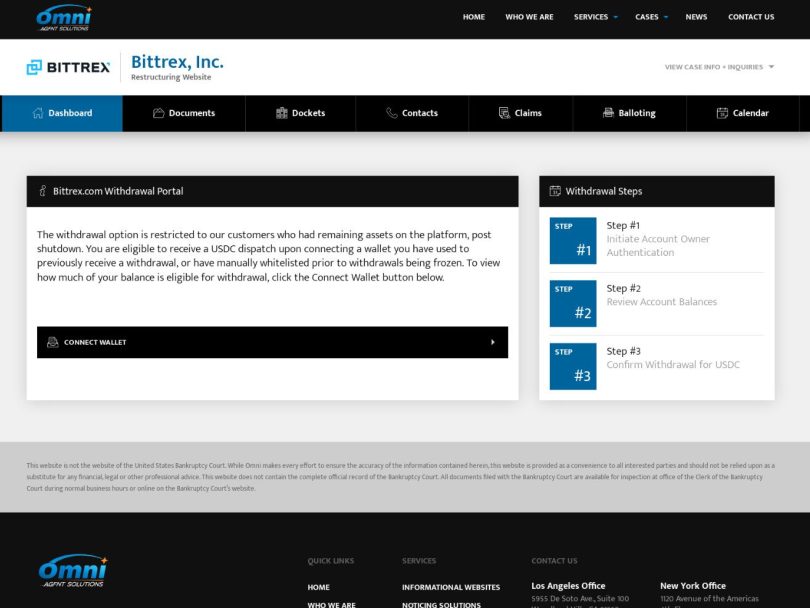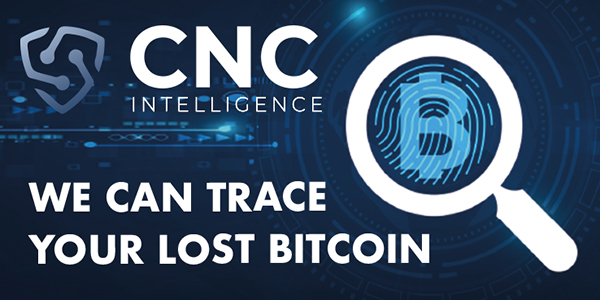The concept of ransomware is not a new phenomenon, but its impact and scope have increased significantly in recent years. It’s a type of malicious software that encrypts a victim’s files or Operating System (OS) and demands payment in exchange for the decryption key.
Ransomware can spread in various ways, including through phishing emails, infected software downloads, exploited vulnerabilities, and even physical devices like USB drives. Once a device is infected, the ransomware encrypts the files, making them inaccessible, and then demands payment in cryptocurrency, such as Bitcoin, to restore access.
The rise of ransomware has led to significant financial and reputational damage to both individuals and businesses. It’s essential to understand how ransomware works and what measures you can take to protect yourself from these types of attacks.
How Ransomware Works
Ransomware is designed to work quickly and quietly, often without notice. Here’s how it typically functions:
1. Initial Infection: The ransomware initially infects a device through a phishing email, infected software download, or an exploited vulnerability.
2. Encryption: The ransomware begins encrypting files on the infected device, which can include documents, images, videos, and even the entire Operating System.
3. Demand for Payment: A ransomware demand is made, usually through a pop-up window or a message on the infected device, demanding payment in cryptocurrency to restore access to the encrypted files.
4. Locking the Device: The ransomware might also lock the device, preventing access to the encrypted files or entire system, until the ransom is paid.
To Protect Yourself from Ransomware
Prevention is the best way to combat ransomware. Here are some measures you can take to safeguard your devices and valuables:
1. Software Updates: Regularly update your operating system, software, and applications to ensure you have the latest security patches and fixes.
2. Backups: Create regular backups of your most important files and store them in a secure location, such as an external hard drive or cloud storage service.
3. Antivirus Software: Install and regularly update antivirus software that includes anti-ransomware protection.
4. Smart Browsing: Avoid suspicious emails, attachments, and links, and be cautious when downloading software from the internet.
5. Password Management: Use strong, unique passwords and enable two-factor authentication (2FA) for all accounts.
6. Secure Storage: Store sensitive data and backup files in a secure location, such as an encrypted cloud



